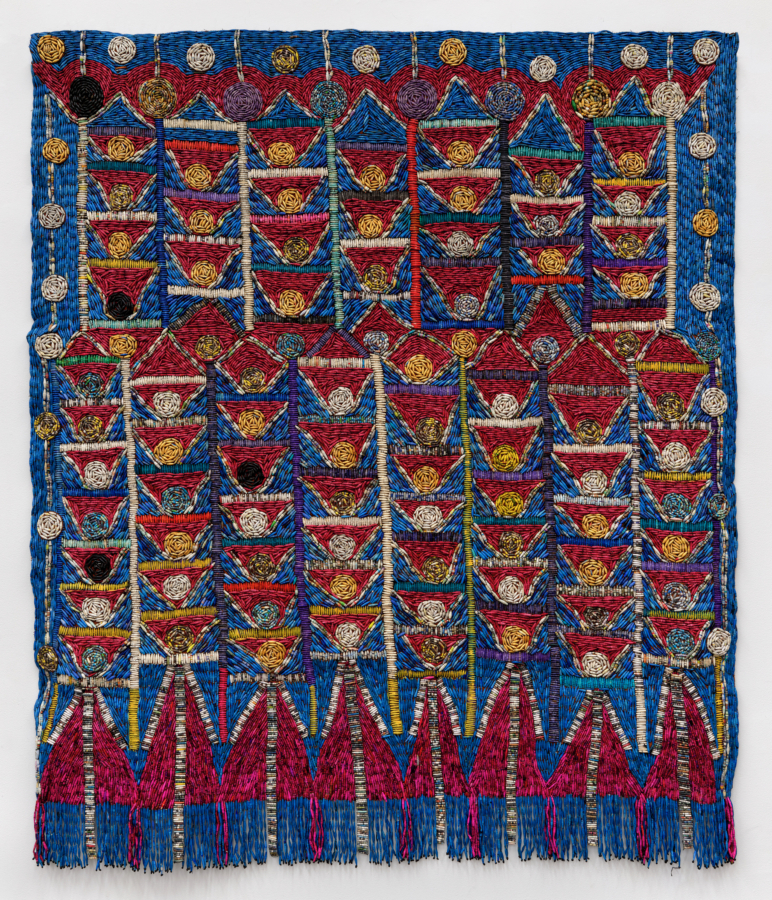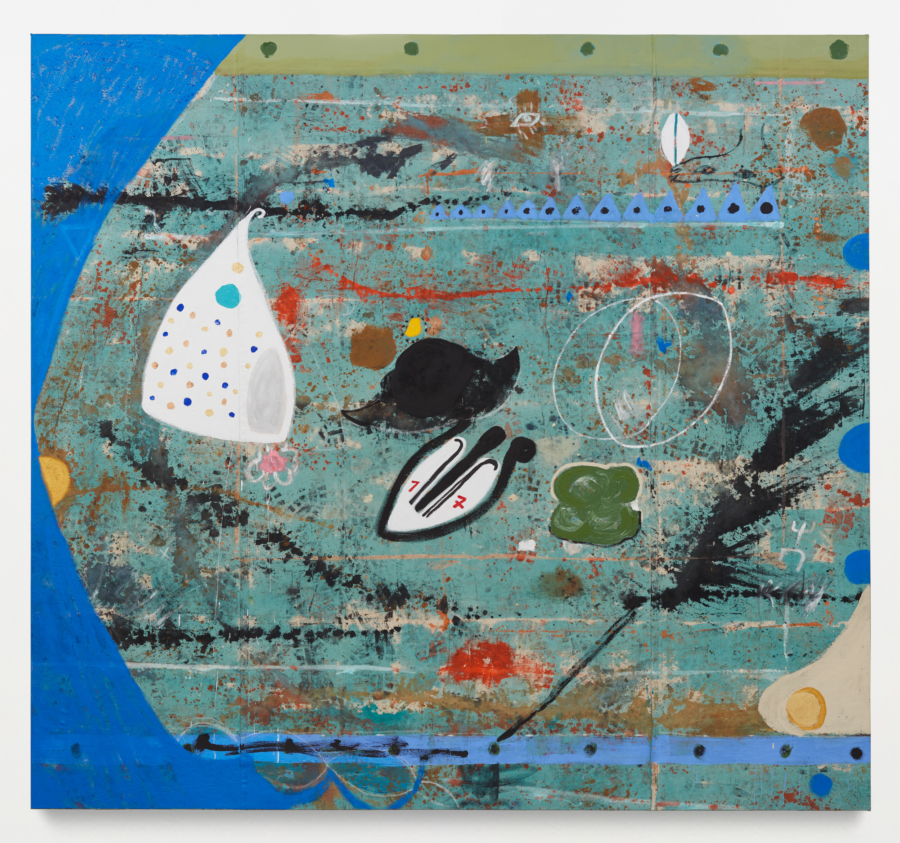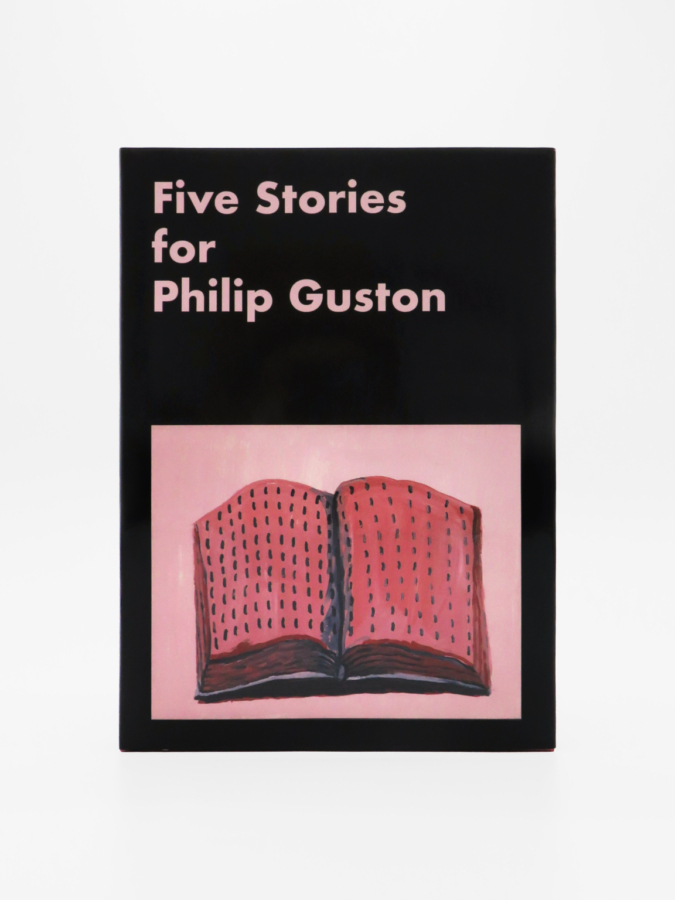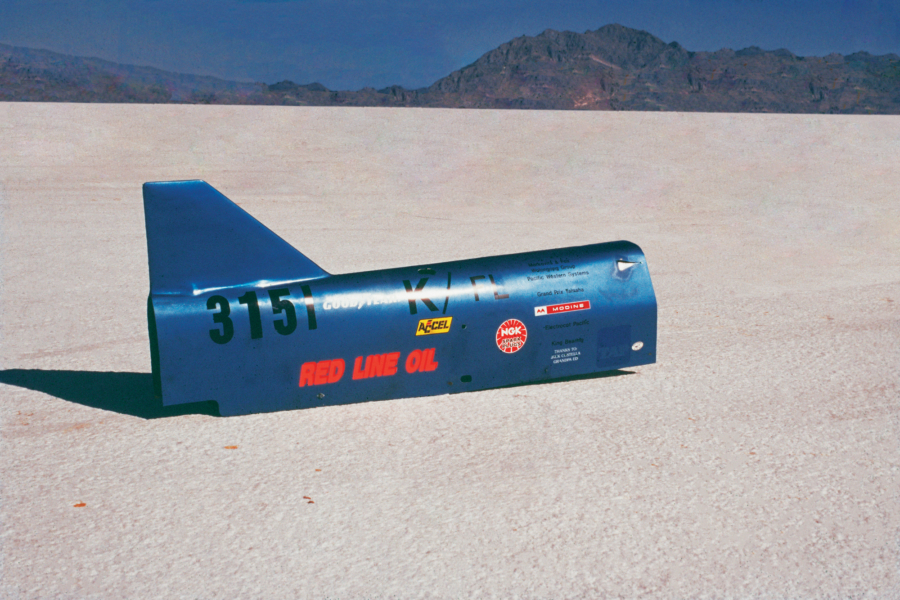Before Sunset
Rita Ackermann, Jane Freilicher, Mary Heilmann, David Hockney, Edward Hopper, Walter Price
July 16–August 8, 2016
249 Main Street
Amagansett, NY 11937
Before Sunset
Rita Ackermann, Jane Freilicher, Mary Heilmann, David Hockney, Edward Hopper, Walter Price
July 16–August 8, 2016
249 Main Street
Amagansett, NY 11937
Cezanne and his contemporaries were forced out of their studio by the photograph. They were in actual competition with photography, so they went to sites; because photography does make Nature an impossible concept. It somehow mitigates the whole concept of Nature in that the earth after photography becomes more of a museum. Geologists always talk of the earth as ‘a museum’; of the ‘abyss of time’ and treat it in terms of artifacts. The recovery of fragments of lost civilizations and the recovery of rocks makes the earth become a kind of artifice.
Photography squares everything. Every kind of random view is caught in a rectangular format so that the romantic idea of going to the beyond, of the infinite is checked by this so that things become measured. The artist is contorting, distorting his figures instead of just accepting the photograph.
I do think an interesting thing would be to check the behavior of Cezanne and the motivation to the site. Instead of thinking in formalist terms—we’ve gotten to such a high degree of abstraction out of that—where the Cubists claimed Cezanne and made his work into a kind of empty formalism, we now have to reintroduce a kind of physicality; the actual place rather than the tendency to decoration which is a studio thing, because the Cubists brought Cezanne back into the studio. It would be interesting to deal with the ecology of the psychological behavior of the artist in the various sites from that period. Because in looking at the work today, you just can’t say it’s all just shapes, colors and lines. There is a physical reference, and that choice of subject matter is not simply a representational thing to be avoided. It has important physical implications. And then there is Cezanne’s perception: being on the ground, thrown back on to a kind of soil. I’m reversing the perspective to get another viewpoint, because we’ve seen it so long now from the decorative design point of view and not from the point of view of the physicality of the terrain. That perception is needed more now than the abstract because we’re now into such a kind of soupy, effete thing. It’s so one sided and groundless.
—excerpt from Robert Smithson, Fragments of a Conversation, ed. 1969
The three exhibitions Before Sunrise, Before Sunset, and Before Midnight explore our continually transforming relationship to landscape. The works range from precisely-rendered picturesque scenes, to distorted surreal realms with far-out arrangements, to reductive abstract representations of nature.



